Part 2 of the Dongjiang Expedition series picks up at the same open-air garbage dump from Part 1.
Here’s a wider perspective to remind you of the scale of this monstrosity:
Readers with large screens may be able to pick out the charred remains of those “white shit disease” victims.
This dump is shocking on many levels. Previously, I mentioned that it is located only hundreds of meters from a tributary of the Dongjiang (the source of 80% of Hong Kong’s freshwater), that chickens are often struck by pestilence here, and that the hardier chickens are destined for the plates of well-to-do urbanites smugly eating free-range poultry. Unfortunately, the chickens are just the beginning. Even more appalling are the living conditions of the dump’s caretakers.
Located at the edge of the dump, the shacks literally rise out of the garbage. These families are poster children for the “re-use” part of the Three R’s.
This family is blessed with at least two young children:
The dad gestured excitedly when he told us about selling the free range chickens to expensive hotels and restaurants. His daughter was completely silent except for the occasional hacking cough.
This post isn’t all doom and gloom. On the bright side, there is a vegetated buffer through which garbage run-off flows before it reaches the Dongjiang tributary. A couple of semi-free-range cows live in this buffer area.
The conditions at this dump are not uncommon at all, even in Guangdong, one of China’s wealthiest provinces. A few days later, we came upon another large dump. This one was more advanced than the first in that it was actually a landfill rather than simply a mound of trash. Even better, it had been lined with plastic material in an attempt to prevent seepage of garbage juices into the soil and groundwater. The human aspect, however, was not much improved.
The kid, just over 1 year old according to his mom, was quite alert and curious.
Even more heartbreaking is that the existence of these garbage dumps means that the local government is not completely asleep at the wheel. At least some efforts are being made to collect garbage and put it in one place. In many rural areas I’ve visited, including the Dafengjiang watershed in Guangxi, even this most basic government service does not exist, forcing families to dispose of their own garbage by burning it or simply throwing it outside.
This is the China that I’ve experienced observed. This is where the government of an impoverished county will spend millions to build an ostentatious new (redundant) government building while claiming that it doesn’t have enough cash to provide citizens with basic services.
This is where ‘socialism with Chinese characteristics’ results in exploitation of laborers and inequitable distribution of resources at levels that would be envied by the most rapacious capitalist. This is the superpower of the 21st century.
I’m a glass-half-full kinda guy. The good news is, there’s plenty of room for improvement!
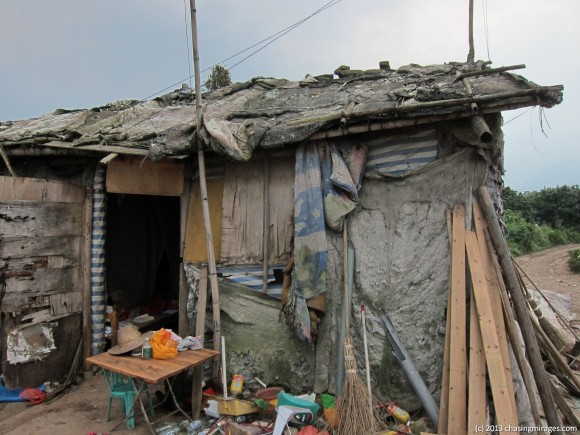
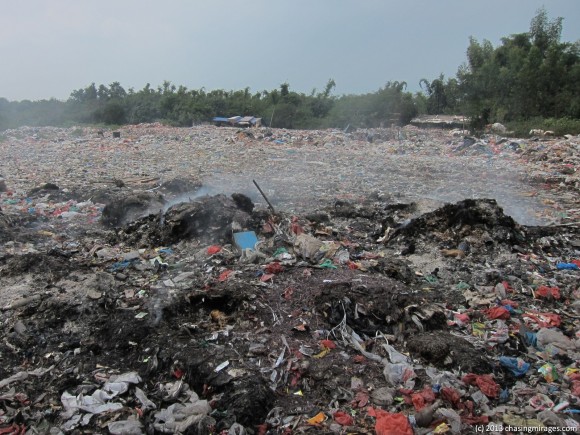
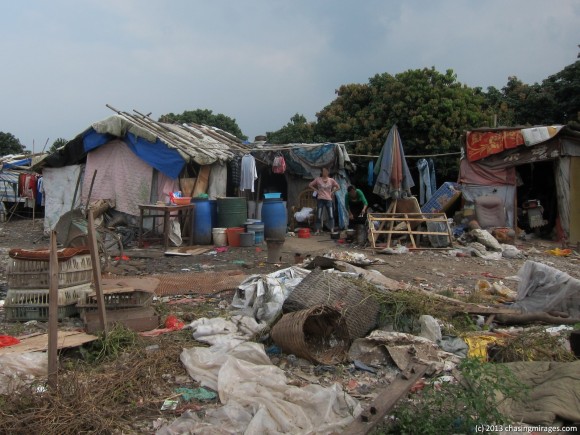
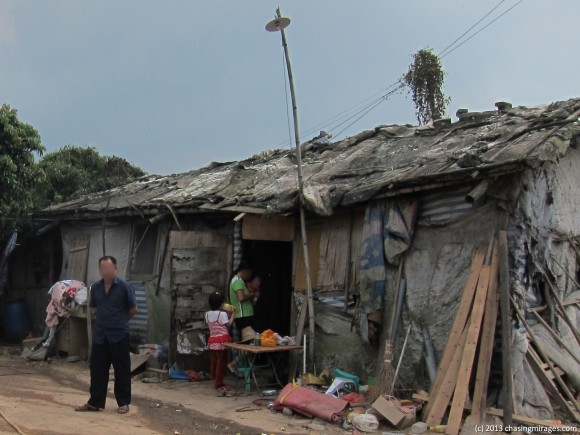
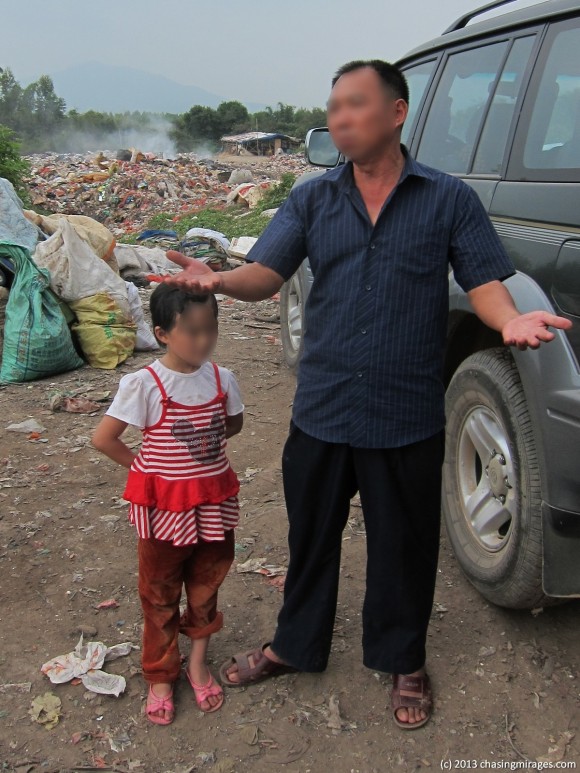
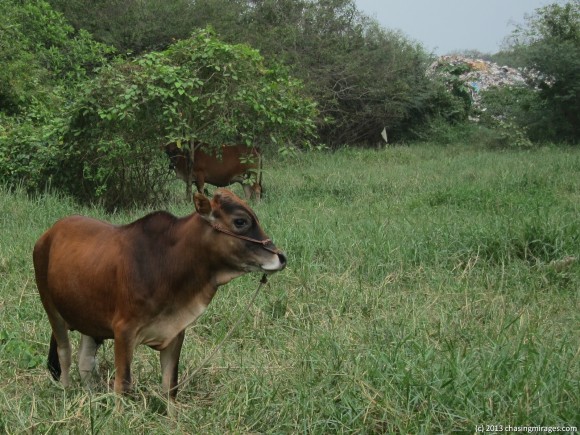
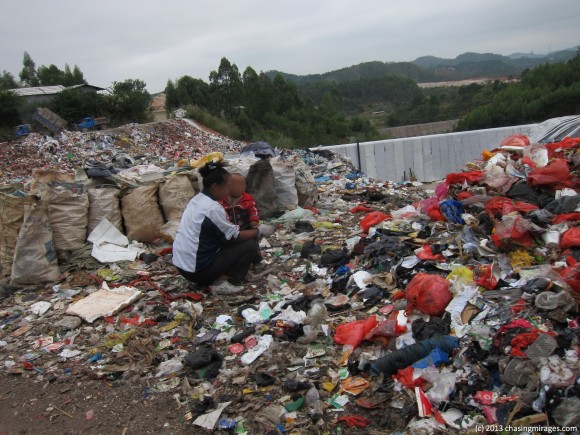

Leave a Reply